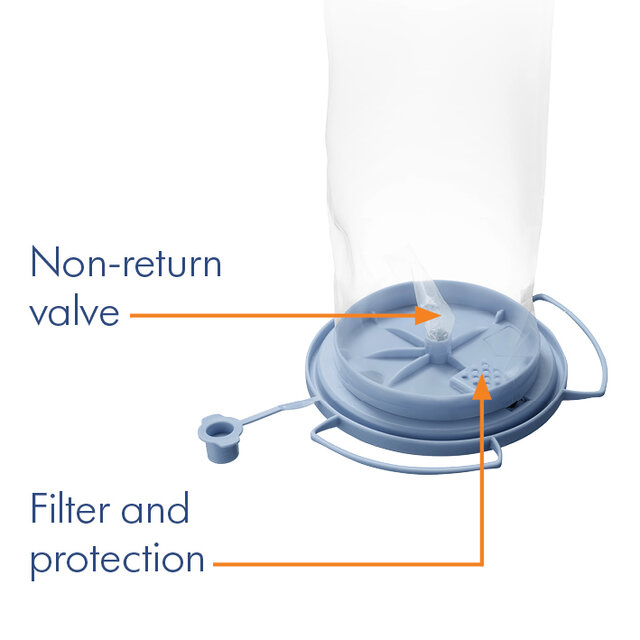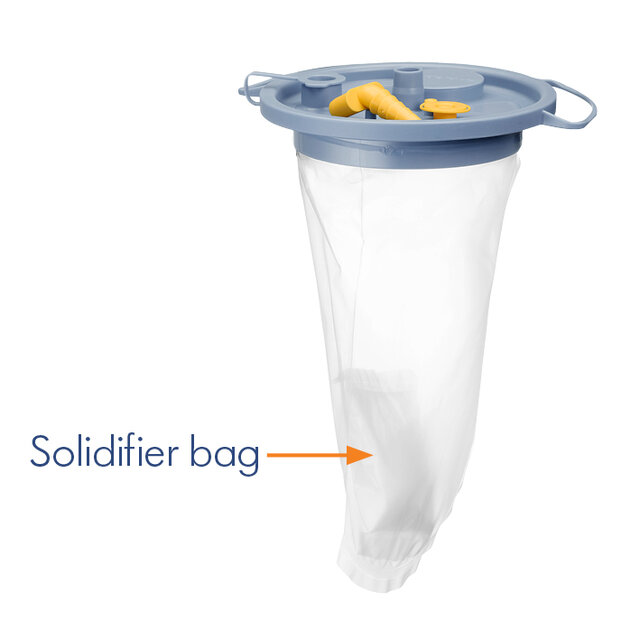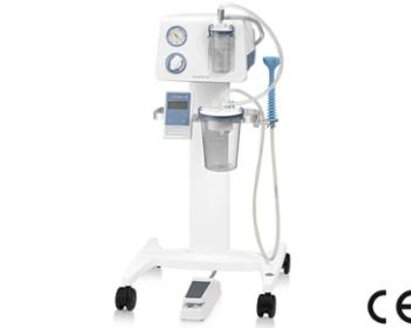Aktualnie przeglądasz:
Medela - pl_PL
Możesz wybrać inną witrynę internetową firmy Medela w jednym z następujących krajów:
Wybierz
Wybierz
Global
Australia
Austria
Belgium
Brazil
Canada
China
Denmark
France
Germany
Luxembourg
India
Italy
Japan
Netherlands
New Zealand
Norway
Poland
Portugal
Spain
Switzerland
Sweden
UK
United States of America
Możesz wybrać inną witrynę internetową firmy Medela w jednym z następujących krajów:
Możesz wybrać inną witrynę internetową firmy Medela w jednym z następujących krajów:
Solutions
Zobacz wszystko
Chest drainage
Zobacz wszystko
Professional vacuum systems
Zobacz wszystko
Insights
Zobacz wszystko
Get in touch
Zobacz wszystko
Solutions
Chest drainage
Professional vacuum systems
Insights
Get in touch
Chest drainage
Professional vacuum systems














